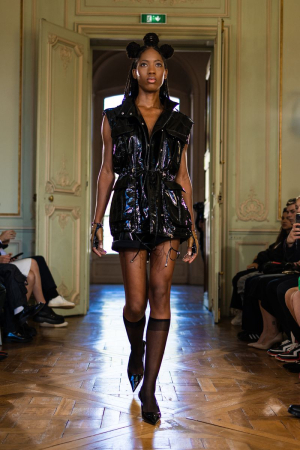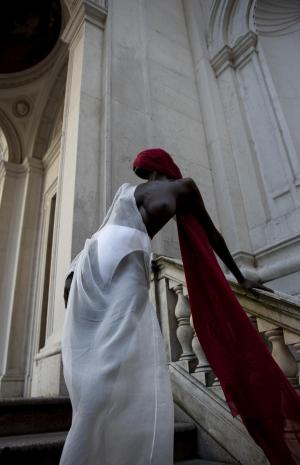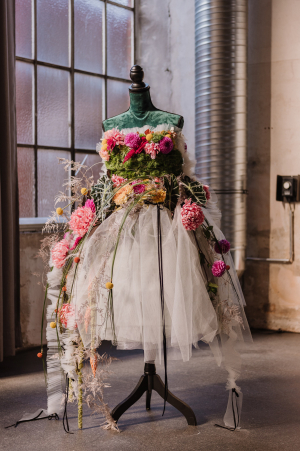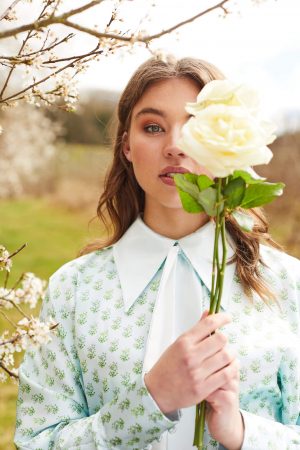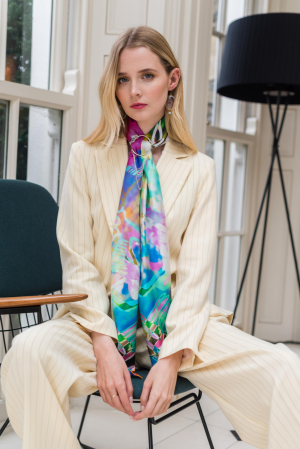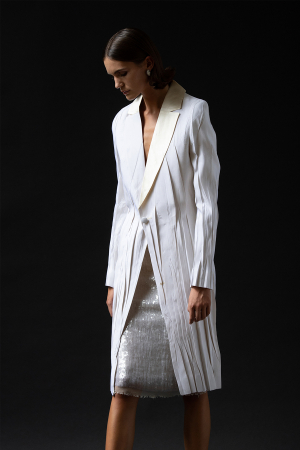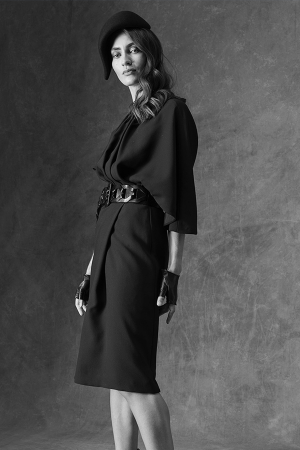KARUNAS Unveils 'The Gift of Woman', S/S24 Collection
Against the stunning backdrop of a teal and gold French-windowed salon, within the historical Parisian left bank palais, ‘Maison de l'Amérique Latine’, KARUNAS, launched its highly-anticipated collection, 'The Gift of Woman' during this Paris Fashion Week.
Totem Fashion Now Represents Ayten AlKhayat
Ayten AlKhayat launched her brand with the wish to change the perception of women in the Middle East and it has now a new partner to bring her works to a wider public.
Bfc/Vogue Announces it's Designer Fashion Fund 2022 Shortlist
Established in 2008, the BFCVDFF supports creativity in business and aims to celebrate exceptional talent and empower businesses to play their part in positive growth through bespoke mentoring and awarding of a £200,000 cash prize.
POPS&LO: slow-fashion, timeless womenswear
The independent fashion galaxy has a new star shining today: POPS&LO. Born out of the pandemic stillness, this 100% British brand feels like a gust of spring air. Although young, this local brand has a clear vision in mind: empowering every woman to feel feminine and confident every day with unique garments made to order.
Wear it local, wear it multi-ways: Firehorse silk scarves
British textile manufacture has many stories of local excellence and exquisite craftmanship like Firehorse. This female-founded reality is based in Macclesfield, where silk production has been spanning for over four centuries. The location is a foretaste of pure luxury made in Britain.
Anna And Mandi Vakili’s Collaborates With Select
“It gives us so much joy and enthusiasm to announce the launch of our edit with Select Fashion" Say designers Mandi and Anna.
AW Hainsworth Northern Fashion Talent Competition Winners
Early on in the year, luxury textile manufacturers AW Hainsworth sent out a challenge to Fashion Design students from UK based Universities to create their own ultra-modern garments.
Sharon Wauchob’s Dream Of ‘What If..”
The latest collection from designer Sharon Wauchob was undertaken in the middle of the global pandemic we are all facing right now, and during the spring lock down that we faced in the UK.
Achieving Sustainability as a Designer in the Fashion Industry
It has been estimated that in the UK alone around 350,000 tons of clothing ends up as landfill every year. According to Earth Pledge, a non-profit organisation committed to promoting and supporting sustainable development, "At least 8,000 chemicals are used to turn raw materials into textiles and 25% of the world's pesticides are used to grow non-organic cotton. This causes irreversible damage to people and the environment, and still two thirds of a garment's carbon footprint will occur after it is purchased." (Source - Wikipedia)
It is clear that the fashion industry needs to work harder in order to reduce this huge impact on the environment. It is everyone’s responsibility to reduce this impact, not just the large fashion houses, and Fashions finest has recently looked at how consumers can support the fashion industry become more sustainable, however, our question today is to designers. How sustainable is your product and company, and how can you improve on the environmental impact you already have?
What Is Sustainability All About?
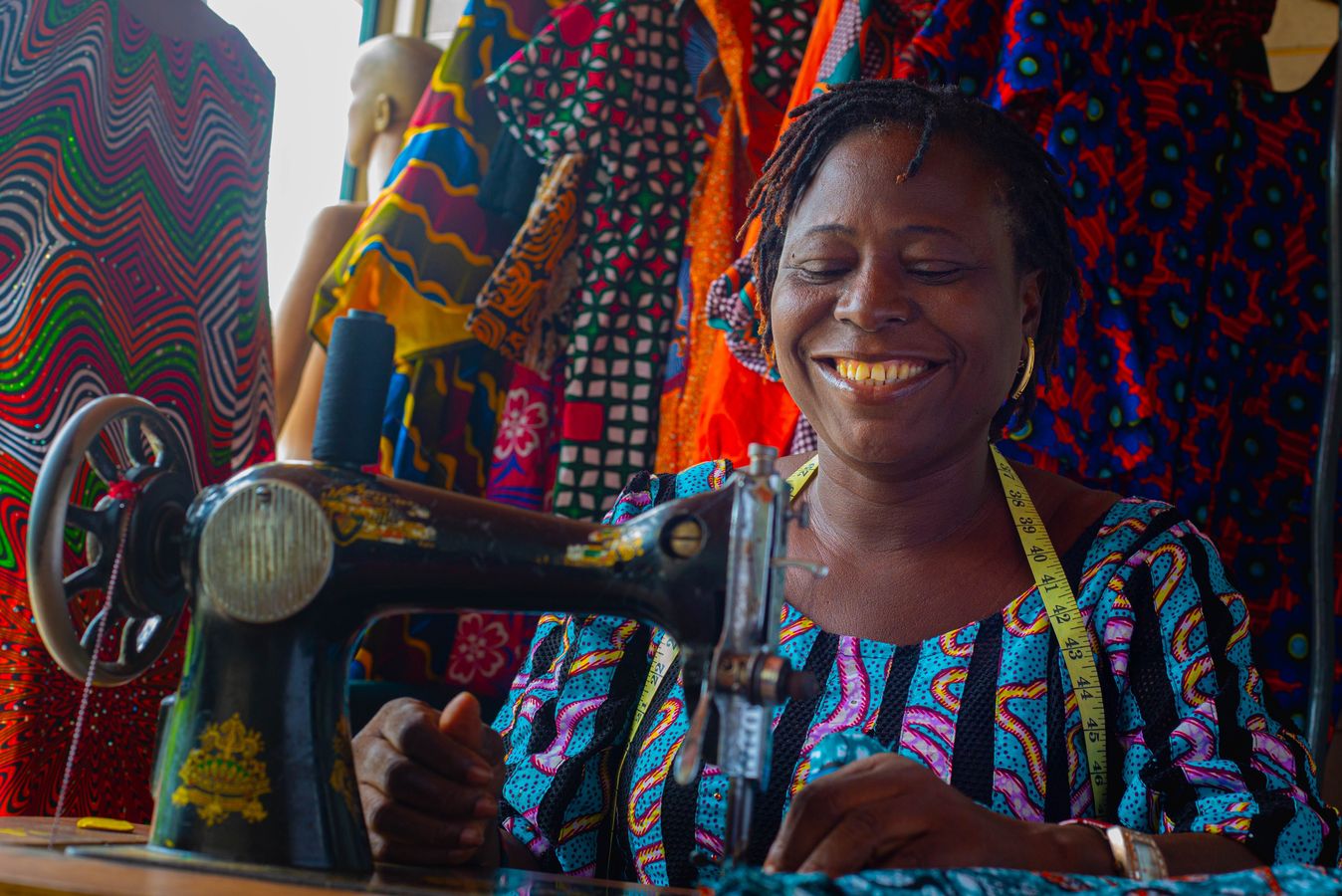 Unsplash.com
Unsplash.comThe goal of sustainable fashion is essentially to create flourishing ecosystems and communities through its activity. The aim is to reduce usage and waste, reuse products and materials as well as recycle as much as is possible. These targets can be met through working on causing less pollution from production and consumption, ensuring better wages and no labour exploitation for workers, reducing waste and recycling, producing longer lasting garments, and promoting local production.
Sadly however, even though sustainability is the goal, some would say there is much more work that needs to be done.
According to the Union of Concerned Researchers in Fashion, when taking the long view and examining fashion and sustainability progress since the 1990s, there are few actual advances in ecological terms. As the Union observes, "So far, the mission of sustainable fashion has been an utter failure and all small and incremental changes have been drowned by an explosive economy of extraction, consumption, waste and continuous labour abuse." (Source - Wikipedia)
There are many theories as to why this has been the case, such as the extra costs of sustainability and the continually changing fashion trends, which potentially leads to fast fashion.
Why Should I Be A More Sustainable Fashion Designer?
Even if the existential impact on our planet is not enough to persuade you that being a sustainable designer and fashion producer is a good thing to be, it has been noted that more and more consumers are looking at buying ethically sources, green and environmentally friendly products. Ensuring that your business ticks some of these boxes can help your Unique Selling point for potential customers. Also being aware of how your raw materials are made, where and by whom can help you sell more products, as many customers enjoy knowing the back story behind their garment. There are also elements of saving time and money through thinking about packaging, and places products are made.
Is It Even Possible To Be A Sustainable Fashion Designer?
Although it would be extremely difficult, very expensive and almost impossible to reduce your carbon footprint to zero, and take all the steps necessary to become fully sustainable all in one go, you as a designer should be looking at your business, materials, sources, production line and selling in order to focus on one area you can control, and work on making that area more sustainable than it already is.
Maybe you are already working on becoming more sustainable, and are looking for another way to improve your business, or maybe you haven’t even tried yet. Either way, take a look at Fashions Finest tips to becoming more sustainable:
Look at the raw materials you use. Are they sustainable/eco/green? Do they have a low impact on the environment? Think about the chemicals that are used in the making and refining of them, as well as how far they have to travel to get to you. Can you change or re-think your raw materials to make them more sustainable and eco-friendly?
Look closely at your production methods. Are they local/community based/natural? Do they promote fair trade? Do they have a low environmental impact? Think about ways you can improve your footprint in these areas.
Look at the amount of waste in your production process. Think about the waste materials after your products have been made. What happens to these? How do you use packaging, and what happens to your product at the end of its life?. Can you put measures in place to reduce any of the waste or usage here? It will not only save you money, but you will be improving your sustainability.
How can you plan ahead for the recycling of your products? Think about offering to take back garments people want to dispose of, offering extras to support customers, and make your products last longer including spare buttons, re-waxing of leather jackets, repairs services and instructions on washing and care of your product.
Typically, a garment used daily over years has less impact than a garment used once to then be quickly discarded. Studies have shown that the washing and drying process for pair of classic jeans is responsible for almost two-thirds of the energy consumed through the whole of the jeans' life, and for underwear about 80% of total energy use comes from laundry processes. Thus, use and wear practices affect the lifecycles of garments and needs to be addressed for larger systemic impact.(Source – Wikipedia)
Rounding It All Up
Any industry can be considered to be sustainable when it doesn't take away more than it gives back; the most sustainable industries actually improve the environment. That is what the Fashion industry is working towards. You can play your part in making this happen, and driving it forward.
Don’t get bogged down by the big picture, just begin by choosing one area you want to improve in, and march forward from there. Start by thinking about, and defining your ethical stance as a part of your business plan, and then stick to it! Be creative with the solutions you find as a designer, and have fun with looking for ways to be more sustainable. In this way you can add another dimension to your business model, and share your insightful knowledge with your customers, creating a loyal fan base, and attracting more customers with your new ideas.


